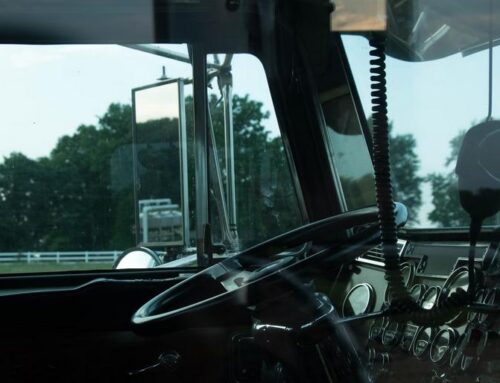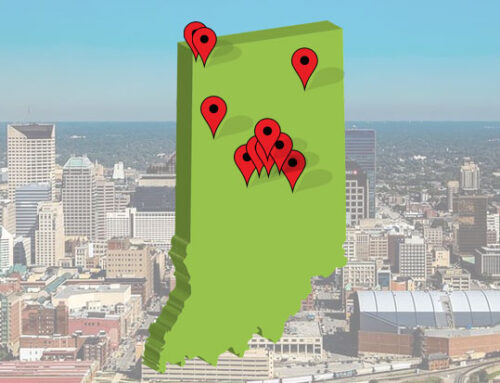An important portion of being a successful personal injury lawyer is keeping up with new technology and understanding how it may affect issues of liability. The newest technology changing the legal landscape is self-driving vehicles. Even more so are fully autonomous vehicles like the ones Uber, Lyft, and Waymo are testing. Apps like Uber and Lyft have become overwhelming popular by providing a time efficient and safe ride to our desired location. We all know new technology is fueled by industry competitors and the consumer’s desire to test the latest gadget.
It’s not surprising, companies like Uber, Lyft, and Waymo have started using driverless cars. Though these vehicles are still in the testing stage, states like California and Arizona have permitted these companies to test on public roads. These state governments now allow testing for fully autonomous vehicles, meaning there will not be a safety person behind the wheel.
Safety of Self-Driving Vehicles
With this innovative technology comes new legal issues. When are driverless cars safe and legal enough to drive off the lot? States have varied on the regulatory framework that enables these vehicles to take the road. California has relied on its DMV to create the rules and requirements autonomous vehicles must comply with to obtain a permit. In contrast, Arizona’s governor issued an executive order allowing fully autonomous vehicles so long as they follow all traffic laws and rules. The NHTSA and the Department of Transportation released guidelines and a model state policy, which Michigan chose to follow.
Who Is Liable When There’s No Driver?
After these self-driving cars make their way on to public roads, what happens when the vehicle is involved in an accident – who or what is liable? States permitting autonomous vehicle testing require them to have insurance, similar to humans. The issue on liability remains largely unknown. Michigan has created its own Council on Future Mobility, which is designated to address issues in this realm of driverless cars. California regulators have left this area for the courts, to decide on a case by case basis.
If you’ve been involved in an accident, you understand that the cause was likely from human error and the negligent driver is deemed at-fault. This seems to hold true even for self-driving cars that still have a human operator. The driver that caused the accident will be liable for financial compensation and sometimes found guilty for criminal charges. In this new generation of autonomous cars that have no human behind the wheel it is unknown whether the car manufacturer, the company using it (such as UBER), or the technology placed in the car will be at-fault. Scholars argue this will result in a shift from negligence to product liability, which would completely change the way accident are handled as products liability law is substantially different than common law negligence.
The Legal Unknown of Autonomous Vehicles
Uber has temporarily stopped testing their autonomous vehicles after the fatal incident in Arizona, when an Uber vehicle killed a pedestrian. Not surprising, this case settled within 10 days of the incident. Every accident involving autonomous cars, with or without a safety driver behind the wheel, has settled out of court. A lack of precedent will likely continue in this industry, at least until more is known legally. At this point it is up to state and federal legislators to get out ahead of this and create rules regulating these vehicles.
Innovators of this technology argue taking unpredictable humans out of the equation and replacing them with autonomous vehicles will make driving safer. This will likely continue to be in debate as law and technology evolve.





